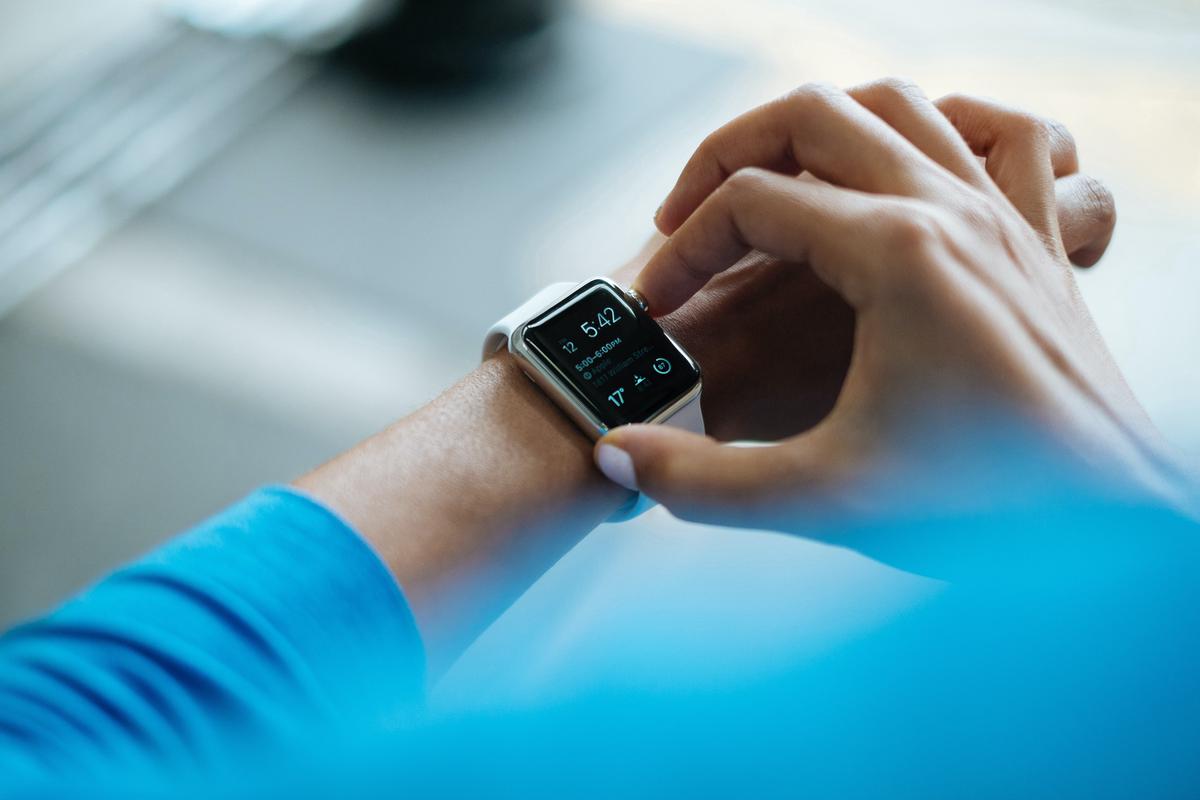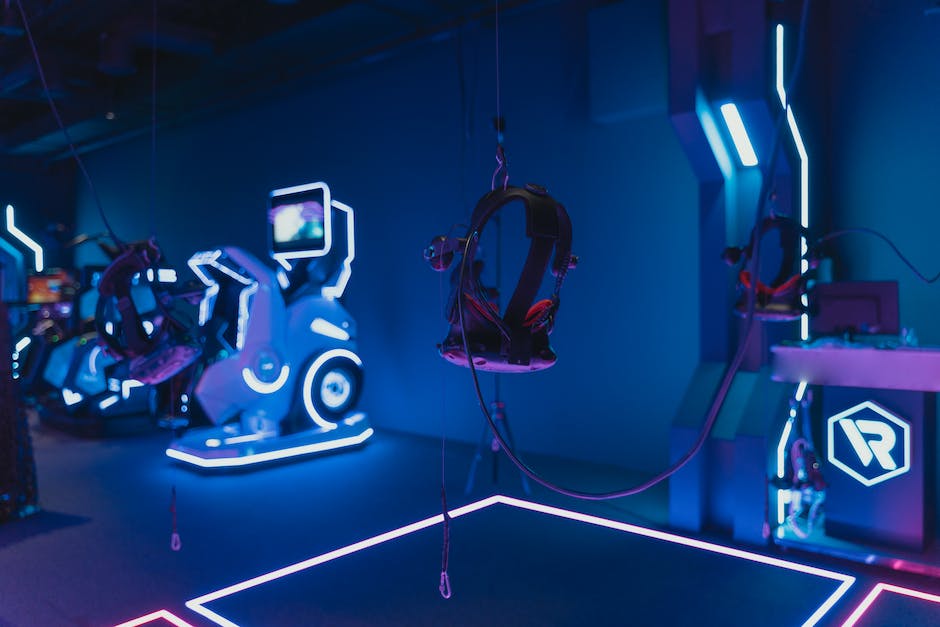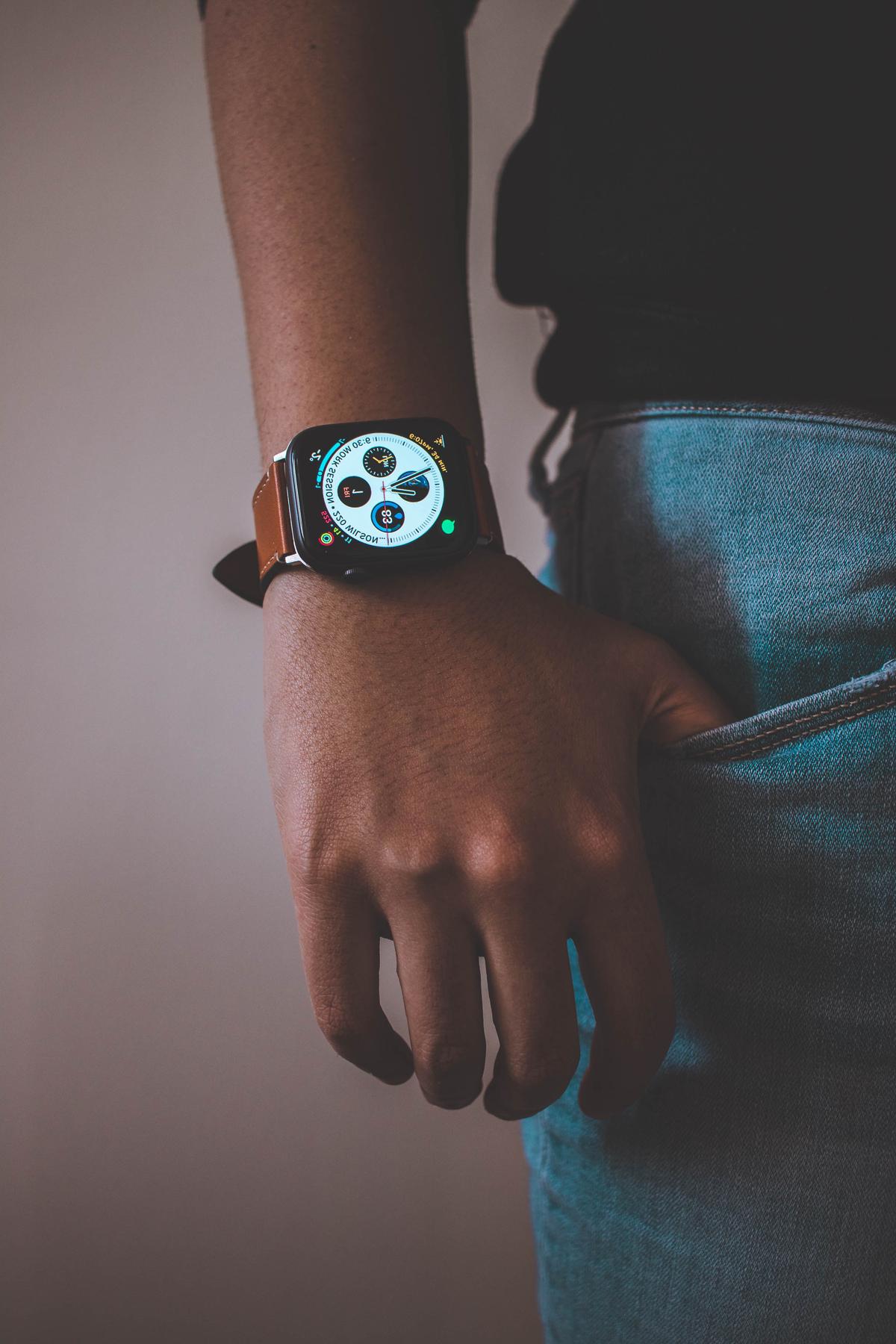As technology’s reach extends, we carve paths to remarkably optimized ways of life. A particularly interesting phenomenon shaping this landscape is the emergence of wearable technology- devices that subtly intertwine with our lives, adding new tiers of convenience, connection, and insight. Much more than a passing fad, these high-tech adornments symbolize a new age of personalizable tech, a more intimate relationship between humans and machines. From their roots to their modern applications, wearable devices have quickly become vital threads woven into the fabric of our society.
Exploring the Emergence of Wearable Technology
The Dawn of Wearable Technology
Wearable technology, also known as “wearables,” has evolved significantly since its inception. The term wasn’t necessarily associated with personal computers or communication devices to begin with, it was primarily linked to time-keeping devices, glasses and other fashion-appropriate devices. In the 1500s, for example, the earliest version of wearable technology was conceptualized with the Nuremberg Egg, a portable, spring-driven clock designed to be worn around the neck.
Significant Advancements
In the 20th century, a significant milestone in wearable technology was the invention of the hearing aid in the 1930s, followed by the introduction of the pocket transistor radio in the 1950s. Then in the 1970s, the ongoing miniaturization of electronic components led to the development of more functional wearable devices such as digital watches and calculators.
Meanwhile, in the realm of fitness and health, life-changing introductions have been the heart-rate monitor in the 1980s and the wearable glucose monitor in the early 2000s.
Major Innovations and Key Events
In 2007, Fitbit, a San Francisco-based company, unveiled its first activity tracker, kick-starting a fitness revolution that is still going strong. Similarly, the year 2013 was a big one for wearable tech because it was the first time Google unveiled Google Glass, a type of wearable eyeglasses with an integrated computer display.
Apple’s announcement of the Apple Watch in 2014 turned the tide and set the stage for smartwatches becoming mainstream, blending style with digital wizardry.
Furthermore, the introduction of the Oculus Rift in 2016 escalated the possibilities of wearable technology, allowing users to immerse themselves in a virtual reality world. Additionally, wearable technology reached new heights with SpaceX’s unveiling of the “spacesuit of the future” for astronauts in 2020.
Pioneering Companies
Pioneering companies in the wearable technology market aren’t limited to just Fitbit, Google, and Apple. Significant contributions have also been made by companies such as Samsung with its Gear series of smartwatches and fitness bands, Xiaomi with its affordable Mi Band series, and Bose with innovative wearable audio products like Frame audio sunglasses.
Other prominent companies such as Garmin, GoPro, and Huawei have made their mark with sophisticated devices in the field of fitness trackers, action cameras, and smart eyewear respectively.
Flexing into the Future with Wearable Technology
Projected to increasingly influence our daily lives, the future of wearable technology is certainly bright. This revolutionary tech is making strides in several sectors – healthcare being a prime example. Here, wearable devices monitor vital signs to help predict probable health risks effectively. The sports industry isn’t far behind, tapping into wearables to analyze performance dynamics.
The potentials don’t stop there! Domains like robotics, security systems, and Virtual and Augmented Reality are integrated with wearable technology to simplify life and reshape the way we engage with technology, paving the road towards an inspiring future.

Photo by lukechesser on Unsplash
Types and Applications of Wearable Technology
Exploring the Spectrum of Wearable Technology
Wearable technology is a game-changer that continues to revolutionize consumer markets, offering various practical and life-enhancing capabilities. There’s an impressive array of wearable devices on offer.
Take fitness trackers, for instance. These best-known wearables come replete with sensors that record a person’s physical activity from steps, distance, calories burnt to sleep patterns. Successful brands such as Fitbit, Garmin, and Xiaomi, continue to innovate with products offering heart rate tracking and water-resistant designs to foster healthier habits, track goals, and give insights into a user’s overall wellness.
Smartwatches, led by tech behemoths like Apple and Samsung, have surged in popularity. These wrist pieces offer a compact solution to access phone features, apps, notifications, and more, alongside fitness tracking capabilities.
Expanding beyond just fitness, wearable tech is revolutionizing healthcare too. Devices like blood pressure monitors, glucose meters, and cardiac event monitors continuously track key health metrics. Some even have FDA approval, reinforcing their place in the medical arena.
Lastly, assisted and virtual reality headsets deserve a mention. Mostly identified with gaming, these headsets have far-reaching applications in education, training, real estate, healthcare, and more, offering immersive experiences and effective tools for visualization and learning in context.
Understanding the Impact of Wearable Technology on Our Lives
With its profound penetration into our daily lives, wearable technology has undeniably brought about a significant change in the way we live. For those who are health-centric or fitness enthusiasts, wearables have become a reliable tool for monitoring their health progress and fitness levels. By supplying actionable, data-driven insights, these devices empower users to make well-informed decisions regarding their health and lifestyle.
The advent of smartwatches and other wearables has paved the way for easier access to data and enhanced connectivity. Individuals can now manage notifications, reminders, and updates with ease, boosting their overall productivity.
The medical sector has witnessed enormous benefits with the integration of wearable tech. Patients can now monitor their health conditions with more precision and take proactive steps in managing them. Wearables are significantly contributing to healthcare by providing real-time health data, potentially saving lives by warning of critical health conditions.
Even in the education sector, wearables, especially Virtual Reality (VR) headsets, have brought about a paradigm shift by facilitating immersive and dynamic learning experiences.
In conclusion, wearable technology, flourishing in various forms, is an evolving field that is invariably reshaping our interaction, behavior, and perception of the world around us. With continuous innovation, the future of wearable tech holds endless possibilities and benefits.

Understanding The Impact and Influence of Wearable Technology
Exploring the Widespread Influence of Wearable Technology
The influence of wearable technology is felt far and wide as it has brought about transformative changes across diverse sectors including, but not limited to, healthcare, fitness, fashion, and entertainment. By offering innovative solutions that cater to personal, professional, and social needs – wearable technology has helped to address challenges and create opportunities in various fields.
How Wearable Technology Has Reshaped Industries
In the healthcare sector, wearable technology has the potential to revolutionize patient care. Health-tracking wearables like smartwatches and FitBits monitor vital signs including heart rate, calories burned, and sleep cycles. For instance, devices like the EKG Monitor enable doctors to remotely monitor patients, improving service accessibility.
The fitness industry has also seen the benefits of wearable technology. Fitness trackers and smartwatches help individuals track their progress, set goals, and stay motivated. They provide real-time feedback on metrics such as steps taken, distance traveled, and estimated caloric expenditure, aiding in the development of personalized workout plans.
The fashion industry has been reinvented with the advent of smart clothing. Advancements in flexible electronics and textile technology have given rise to garments that can track health data, control smartphones, or even provide GPS directions.
In the entertainment sector, virtual reality headsets, augmented reality glasses, and haptic feedback devices have brought immersive experiences into consumer homes. These wearables transport users to virtual worlds, deliver information in real-time, and provide tactile feedback that enhances user interaction.
Potential Benefits and Drawbacks
While wearable technology offers numerous benefits, there are also associated drawbacks. Although these devices contribute to increased personal data and performance metrics which aid in taking informed decisions, they could also lead to information overload and psychological stress.
Moreover, people may become overly dependent on their wearable tech, resulting in decreased self-reliance. There’s also the risk of inaccurate data measurement, and the potential of physical discomfort due to constant wear of the gadgets.
Data Privacy and Security Issues
Just as with any device that collects data, wearables present potential data privacy and security issues. These devices continually collect personal information, raising concerns about how this data is stored, accessed, and shared.
Issues around data ownership and consent for data usage exist, and consumers often express apprehension about potential data breaches. Manufacturers of wearable tech must prioritize establishing robust security measures to protect user data, as well as clearly communicate their privacy policies.
Future Possibilities and Trends
Despite challenges, the future of wearable technology looks promising. Rapid advancements in this sector could pave the way for the creation of smaller, more efficient, and more durable devices.
Trends suggest increasing integration with artificial intelligence and machine learning to make wearables more intuitive and personalized. Augmented reality and virtual reality are also expected to gain traction, potentially offering innovative ways to educate, entertain, and enhance human interaction.
Furthermore, advances in medical wearables could render traditional healthcare services more accessible and personalized, potentially revolutionizing treatment methods, preventive care, and health monitoring.
In conclusion, wearable technology’s multifaceted impacts and benefits present immense opportunities, but also require thoughtful navigation of associated challenges to fully maximize their potential.

Photo by nadineshaabana on Unsplash
Reflecting on the rapid proliferation of wearable technology, it’s clear that the impact and potential held within these quiet companions of our everyday lives far surpasses the inconspicuousness of their physical forms. They have redefined paradigms across sectors, from healthcare to fashion and entertainment, effortlessly slipping into the rhythms of our routines. As we look to a future increasingly saturated with technology, it is critical to grow in our understanding of wearables, acknowledging both their unprecedented opportunities and the challenges that come with them. As we continually forge and blend new frontiers in technology, one thing remains certain: wearable tech represents a brave new world of interaction and interconnection, reshaping the way we perceive and interact with the world around us.

